Learn more about the R&D being conducted by the REDD group
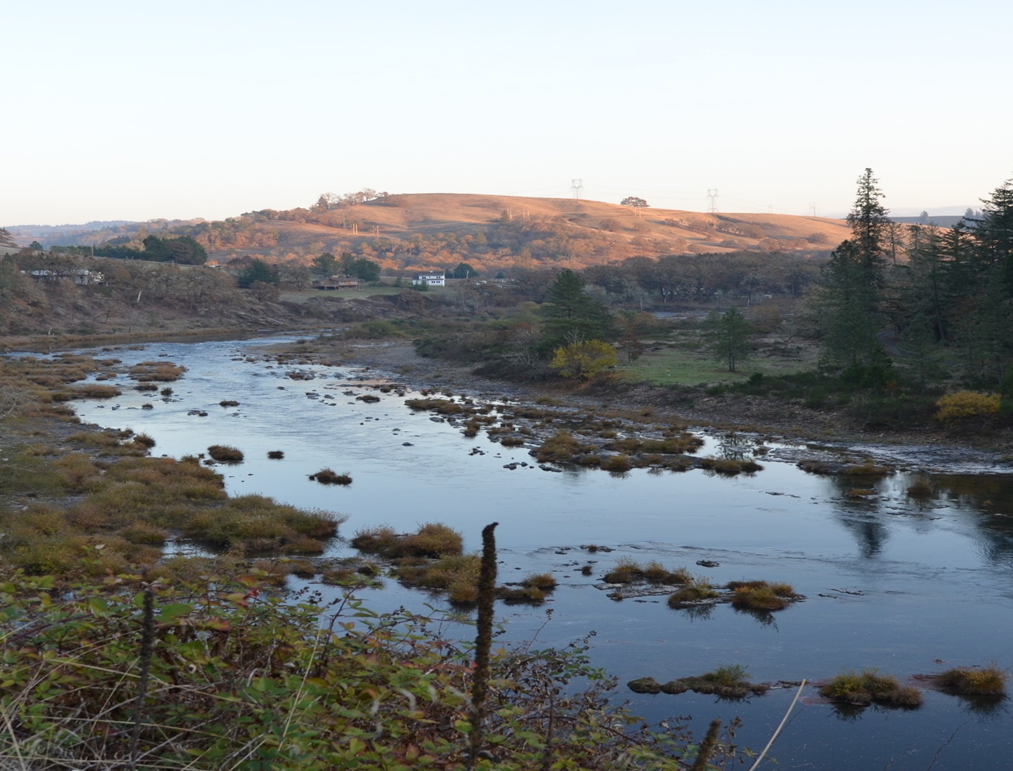
Ecohydrological Modeling
The amount of water in a stream at any time is dependent on numerous interactions between terrestrial, aquatic, and climatic processes. Ecohydrological models consider these interactions to create a realistic representation of the mosaic of processes occurring within a watershed. To understand how climate change will affect the quantity, quality, and timing of water for both humans and fish, the REDD group is implementing the EPA’s ecohydrological model called VELMA (Visualizing Ecosystem Land Management Assessments) for each of Oregon’s coastal watersheds, so managers can better predict where and when these shifts in water availability will occur and consider these data when developing future habitat restoration and fish management plans.
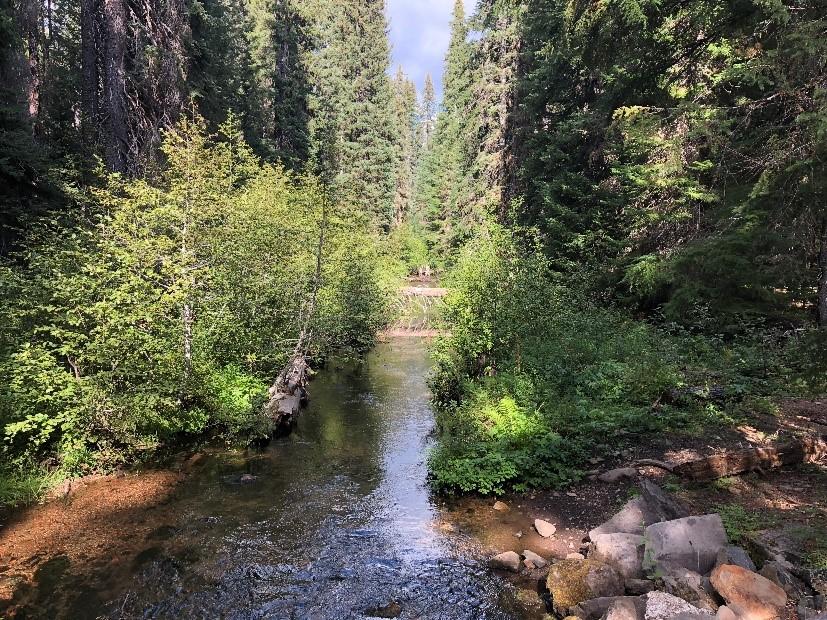
Thermal Tolerance of Native Fish Species
Understanding the physiological tolerance of fish to changing stream temperatures is essential when trying to evaluate how climate change will influence species distribution and survival. We plan to measure multiple physiological traits in order to understand the response of native fish species to changing water temperatures. We hope to describe the responses to acute thermal stress across species and populations and evaluate the variability in these responses across species and populations. We intend to use these data to hypothesize how changing thermal regimes will influence species distributions and survival so we can better manage Oregon’s native species into an uncertain climatic future. These data will be evaluated along-side seasonal stream temperature data to determine whether thermal history (e.g. seasonal extremes, variability in temperatures) and thermal tolerance provide a physiological basis to assess species sensitivity to changing and increasing temperatures. We hope to couple the data we obtain with genetic information to determine whether the individuals are genetically distinct across populations.
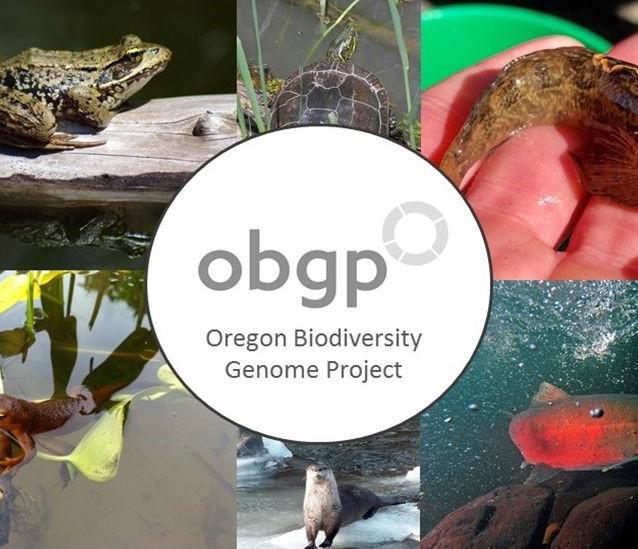
Oregon Biodiversity Genome Project
Environmental DNA refers to DNA that is shed by organisms and recovered in water, sediment, or soil samples. Linking that eDNA to the source organisms using genetic sequence data can provide efficient and non-invasive detection of a species. However, the lack of genetic sequence data for many of our fishes limits the use of eDNA for detection of Oregon's fishes. The REDD group is partnering with the Oregon Biodiversity Genome Project (OBGP) to remove this barrier. The OBGP is building a comprehensive library of complete mitochondrial genetic sequences matched to expertly identified voucher specimens of Oregon's fish and wildlife. In its initial phase, the OBGP is addressing the paucity of genetic sequence data available for Oregon's native and non-native fishes. These data will provide the basis for developing tests (eDNA assays), which will match eDNA collected in field samples to the corresponding species.
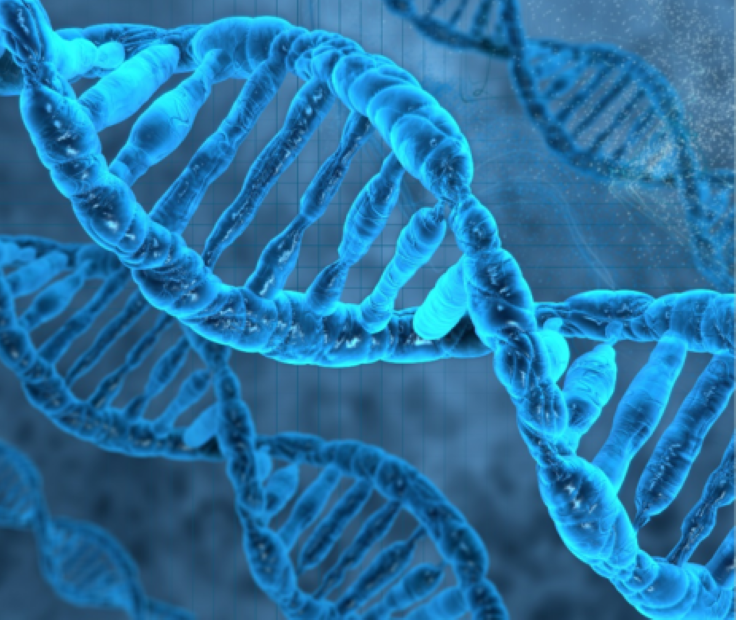
eDNA
All organisms constantly shed DNA. By capturing and measuring this DNA, we can detect the presence of a species. The technique has huge promise as a way to track changes in species distribution and maybe abundance (biomass). The REDD group is focused on answering basic questions about how DNA is transported in water so we can better interpret results.
Learn More
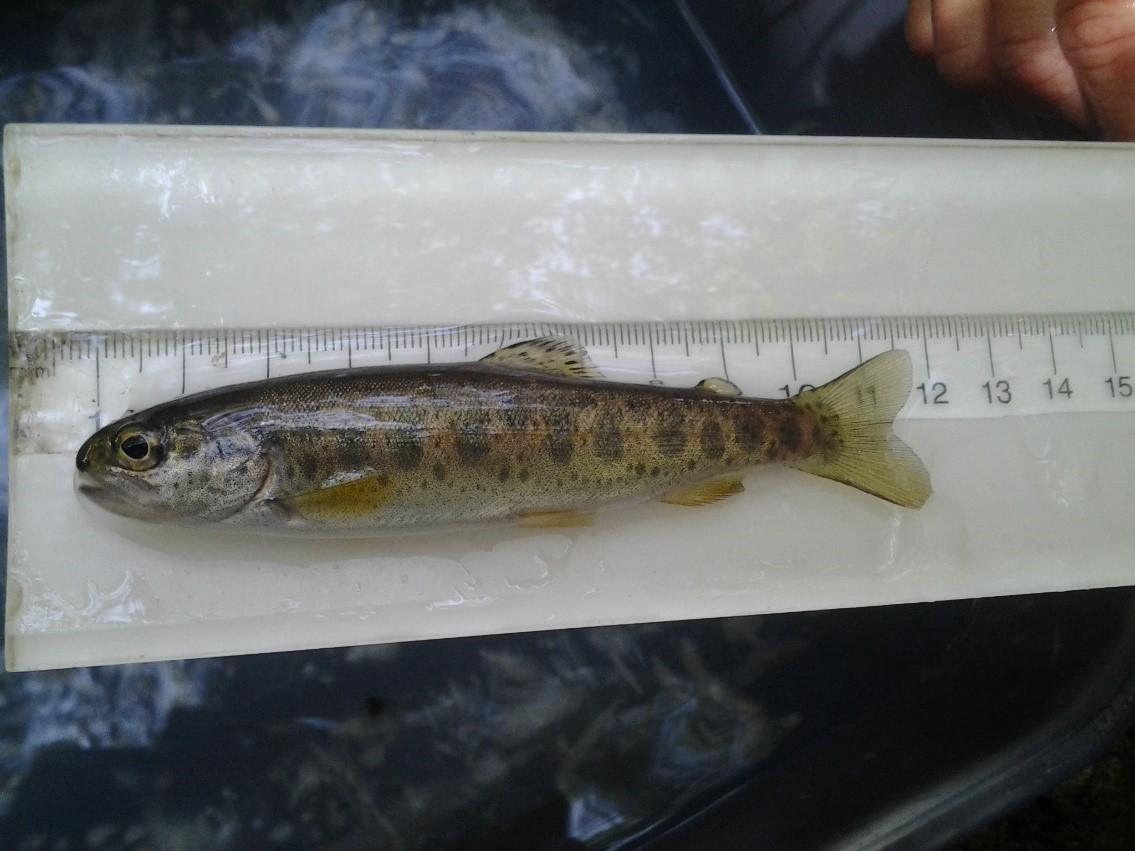
Hatchery Programs and Genetic Risk
Oregon's native fish populations face threats that include predation, habitat degradation, harvest impacts and climate change. Hatcheries, which serve to enhance fisheries, can also negatively affect wild populations through competition, disease transmission, predator attraction (i.e. ecological risks), and interbreeding that can dilute the genepools of native populations and reduce their productivity (i.e. genetic risks). Unlike ecological risks, effects from genetic introgression can last for generations, even after hatchery-wild interactions cease to exist.